There exists, however, an underground current, which as such is removed from the architectural discipline--from form to reform--which perhaps may overcome certain ambiguities.
Quite justifiably, this is the ideological side of these approaches, a mystifying aspect against which any polemic must undertake political characteristics.
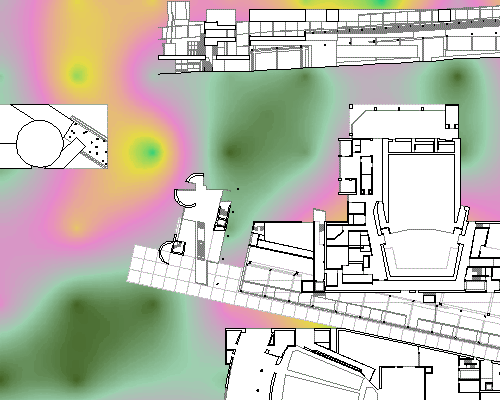
Under the best conditions they have tried to postulate an immediate coincidence between the objectives of urban and productive reform and the claims of the embattled strategies of workers' movements and their organizations.
This is because in their work they have followed a logic which ambiguously straddles capitalistic development, the organizations and class movements.
The second ones ask to be judged in terms of their political results, even if they have not been altogether successful.
The latter do not fall into political misunderstandings and ambiguities, and they pay dearly for their wish for purity with an untimeliness--a not-altogether secondary reason for their charm.
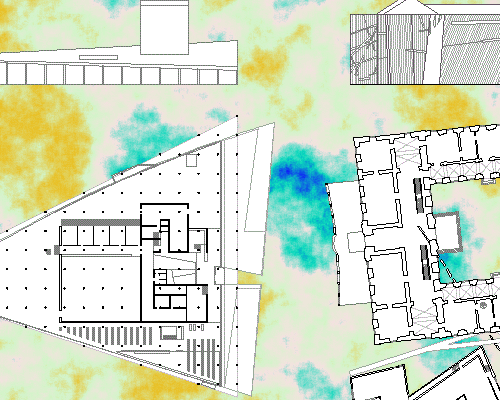
In all this there is an attempt at a radical modification of the social division of labor, and therefore of the task of planning and design. The abandonment of professional practice and the assumption of the post of Chief Architect in Rebuilding and Town Planning at the Ministry of Health (1918) by Raymond Unwin, the introduction of a new professionalism by Martin Wagner as Stadtbaurat of Berlin between 1925 and 1933, the technical-political activity of Rexford Tugwell within the Resettlement Administration during the New Deal era, and the technicians which today choose to work in contact with cooperative organizations or public agencies, without doubt make for alternatives other than those followed by people desirous of preserving a linguistic "aura" for architecture.
Of primary concern, however, are typological analyses--the introduction of the concept of the economic cycle as the determining variable for any proposed structure, and the completion of the intervention by a marshalling of productive capacities as well as by the development of a regional plan.
| |
In reality, and this can be proved historically, the current to which we are referring interprets architecture as an altogether negligible phenomenon.
But we would have to be aware that it would be an artificial act: such as in the ease of one who upon analyzing an assemblage of Rauschenberg would readily lose himself in cataloging the origins of each piece.
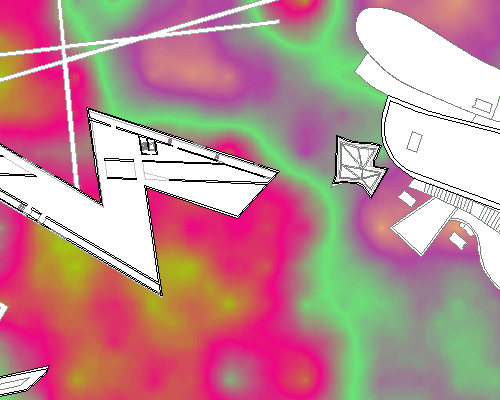
What ties together the thread which is seen as an alternative to the works just analyzed, is the preeminent position of structural considerations in this work. It is always possible to analyze linguistically the urban models of New Earswick Pullman Town, Radburn or of Battery Park City.
The explosion of architecture out towards reality has within it a comprehensive goal which becomes evident if we understand the areas of research upon which the work of such men as Raymond Unwin, Barry Parker, Clarence Stein, Charles Harris Whitaker, Henry Wright, Fritz Schumacher, Ernst May and Hannes Meyer, is based.
The elimination of the displacement between those discussions "which are spoken" and those "which are said" cannot be realistically accomplished at the level of the language itself.
By no chance are we dealing with an approach upon which converge those whom Jencks has called the "Supersensualists"--that is, Hans Hollein, Walter Pichler or Riccardo Bofill--preceded as they were (and this Jencks does not bring out) by much of the late work of Lloyd Wright and the impotent prefigurations of the technological avant-gardists.
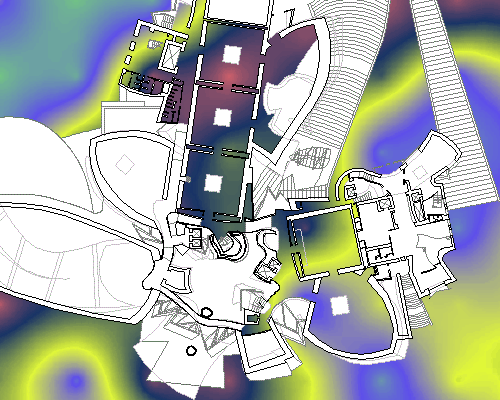
A game after Borges, of a commentary which will be nothing
more than the reappearance, word for word (yet this time solemn and long-awaited) of the object of the comment itself: the game, once again, of a criticism which speaks endlessly about a work which does not exist."
The radical repeal of this displacement can only be a game, utopia or anxiety.
| |
But it is Foucault himself who recognizes the outcome of such an approach.
The Modern movement had, in its entirety, attempted to eliminate such displacement (we are referring specifically to the polemical position of Hannes Meyer, to the precise rationalism of Hans Schmidt, to the stance taken by periodicals such as ABC or G, and to the aesthetic formulations of Karel Teige, Walter Benjamin and Hans Mukarovsky).
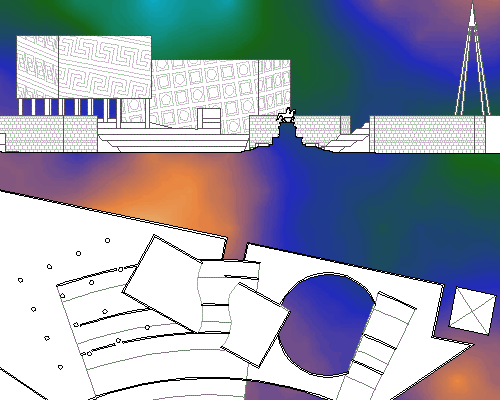
This is a displacement which is apparently not absolute, yet strong enough to be a functional discriminant among the levels of linguistic organization.
Michel Foucault has observed how there exists a sort of unevenness among the ways of employing language: "The discussions 'which are spoken' throughout the days and exchanges which pass away with the very action which pronounced them; and the discussions which are at the origin of a certain number of new acts, of words which pick these up, transform or tell of them; in other words, discussions which remain indefinitely beyond their own formulation, and which are said, have been said, and remain still to be said."
It is necessary to examme to what degree such a faIlure is due to the intrinsic character of the architectural discipline and to what degree it is due to a still unresolved ambiguity.
The return to language is a proof of failure.
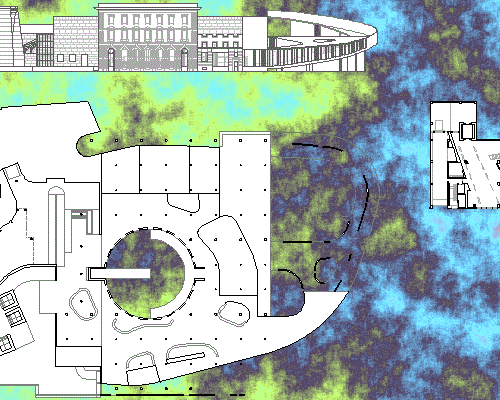
And, after all, has not the destiny of the historical avant-garde been that of destroying itself over the plan--a historically frustrated one at that--of the intellectual management of reality?
Is not the answer by Mallarmé, "It is the word itself which speaks," analogous to the tragic realization by Kraus and Loos," ... facts have words, and it is only that which has been meditated that is ineffable"?
|





